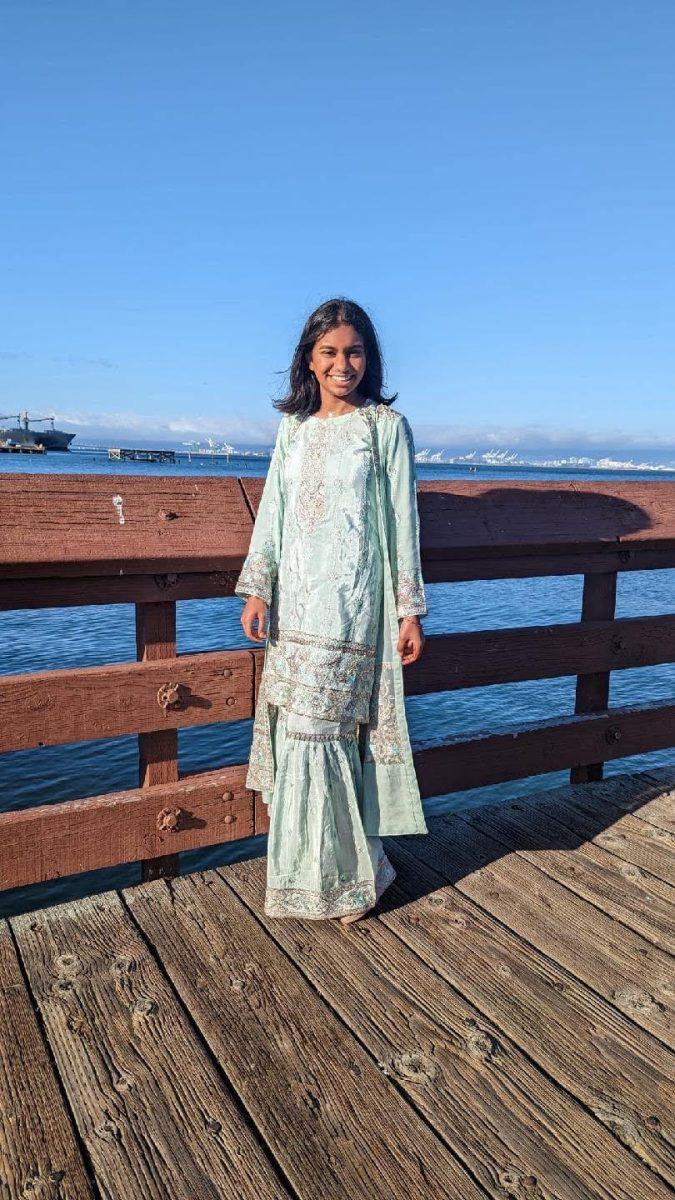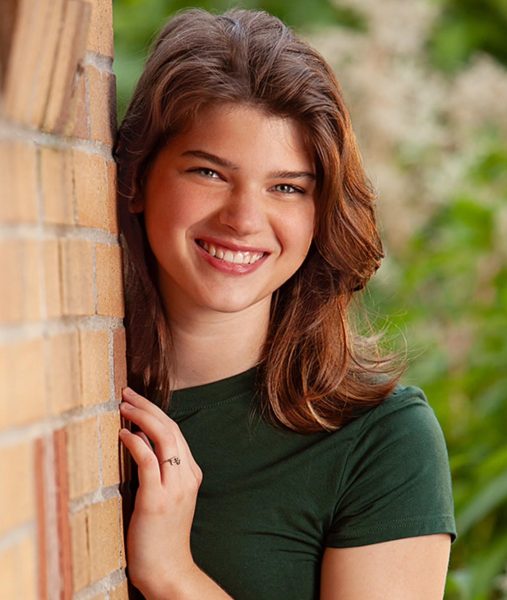When junior Dia Sriram began taking piano lessons in first grade, she knew she was exactly where she belonged.
It’s hard enough in high school to meet and get acquainted with new people; although it was significantly more straightforward to make friends in the elementary days of everyone’s school career, for Dia, being the new kid in class didn’t make things any easier. But, thankfully, she had something to involve herself in.
“We moved to Grand Rapids when I was in first grade, and we decided to start a new hobby here,” Dia said. “There was this really great [piano] teacher named Ms. Sherry who worked at the preschool that my little sister was going to. So I started piano lessons; I was really good at it, and I really liked it.”
When it comes to learning music, or generally any type of education, finding an excellent teacher can be a determining factor in how well people progress. Fortunately, Ms. Sherry was just the right person to satisfy Dia’s needs when it came to instruction. Music takes a different style of teaching than any core class: a good ear, plenty of enthusiasm, and lots of patience are among the most important requirements.
Looking back, Dia’s most treasured trait about Ms. Sherry was her capability to train her students on the basics of musical notation. Understanding the significance of music theory, being familiar with simple chords, and comprehending the key aspects of reading sheet music are the preliminary steps to gaining a sturdy foundation in furthering musical intellect.
“[Ms. Sherry] taught the basics really well,” Dia said. “There are academies and stuff for piano now where they teach you songs that you want to know, but they don’t teach you the fundamentals and the basics of the piano. It’s kind of like a cap on how much you can learn when you don’t know the fundamentals, which is really sad.”
Devoting her days to concentrating on enhancing her musical portfolio for the past 10 years has given Dia quite an advantage in her instrumental status. It is said to take 10,000 hours to completely master a skill; although she is practicing at a rate that will get her there sooner than later, she has no intention of pursuing this as a professional career. The musical world is an ever-expanding society, so mastery is a demanding feat given there is always something new to learn.
“There’s almost more musicality to it now where after a certain point you can start to work on interpretation, how you feel the song, and the way you can bring it and perform it,” Dia said. “That’s something I find really fun and really kind of involved; it’s something I can focus my mind on really well.”
However much she focuses on practice, there is still one principle that she firmly adheres to: improvement is not a linear action. Musicians have their peaks and valleys, and they push through their equally important plateaus—an interlude where no progression seems to occur, but the musical ear strengthens exponentially.
Throughout the usual variation in musicianship, Dia’s adjustment in the time she devotes to rehearsal doesn’t aid in the duration it takes her to rebound from the periods of minimal advancement.
“Over the summer, I had hours on end to just spend [practicing music], and I got really good,” Dia said. “My performance, musicality, and the difficulty of pieces I could play increased, but now it’s like I don’t have enough time to just sit down and do it, which takes away from the enjoyment as well.”
Her relaxation is not only limited to the tranquility she experiences when physically playing the piano but also listening to those who inspire her gives Dia the same fond feeling.
Gravitating toward composers from the Romantic period, Frederic Chopin tends to have some of her ideal arrangements to practice. Known for writing primarily solo piano pieces, his music demands high technical skill and leaves room for personal interpretation that is perfect for Dia’s experience.
“Some people are really into Beethoven and Mozart, “ Dia said. “They’re more happy and kind of by-the-book classical. With romantic music, it’s something you can feel a story behind. After learning new pieces and trying everything, I found this little part that I really enjoy about playing really dramatic, beautiful pieces and putting my own story behind them.”




























































































